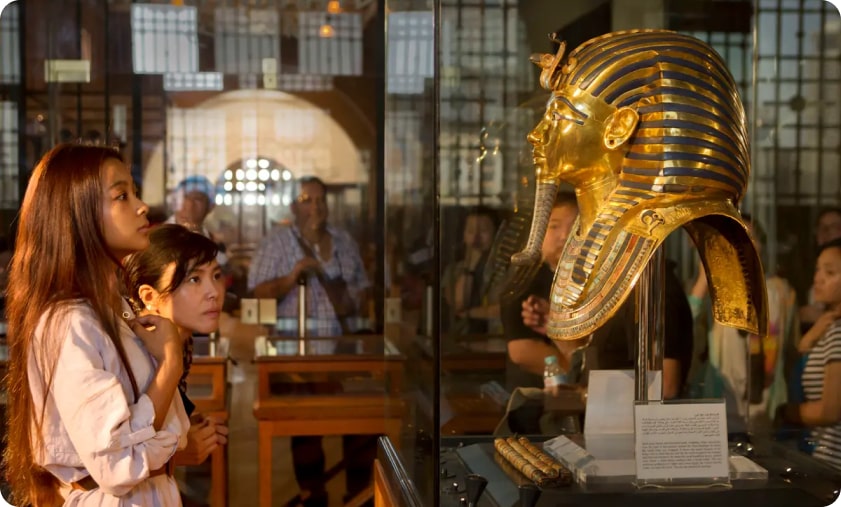Exploring Old Cairo: A Journey Through Time
Old Cairo, known as “Coptic Cairo,” is a treasure trove of history and culture, where the echoes of ancient civilizations resonate through its narrow streets and historic sites. This fascinating area offers a glimpse into Egypt’s rich heritage, showcasing its diverse influences from Christianity, Islam, and ancient traditions. Join us as we explore the enchanting streets of Old Cairo and discover its hidden gems!
The Essence of Old Cairo
Old Cairo is a captivating blend of architectural styles and cultural narratives. This district is home to some of the oldest Christian churches in the world, along with remarkable Islamic monuments, making it a vibrant melting pot of faiths and traditions. Wandering through its cobblestone streets feels like stepping back in time, where every corner reveals a story waiting to be told.
Key Attractions in Old Cairo
1. The Hanging Church (Saint Virgin Mary’s Coptic Orthodox Church)
One of the most famous churches in Old Cairo, the Hanging Church is built above the ruins of an ancient Roman fortress. Its stunning wooden ceilings, intricate iconography, and serene atmosphere make it a must-visit. The church is dedicated to the Virgin Mary and has been a place of worship for centuries.
2. Saint Sergius and Bacchus Church
This charming church is believed to be built on the site where the Holy Family rested during their flight into Egypt. The interior features beautiful Coptic art and ancient artifacts, creating a peaceful ambiance for visitors seeking reflection and tranquility.
3. The Ben Ezra Synagogue
Once a vibrant center of Jewish life, the Ben Ezra Synagogue dates back to the 9th century and is famous for its historical significance. The synagogue is home to the Geniza, a collection of ancient Hebrew manuscripts that provide valuable insights into Jewish life in medieval Egypt.
4. Amr ibn al-As Mosque
As the first mosque built in Egypt, Amr ibn al-As Mosque holds great historical significance. Its stunning architecture showcases early Islamic design, and the peaceful courtyard is a perfect spot to relax and soak in the atmosphere.
Wandering the Streets
Strolling through the narrow streets of Old Cairo, you’ll encounter charming cafes, local artisans, and bustling markets. The area is alive with the sounds of merchants selling their wares and the aroma of traditional Egyptian dishes wafting through the air. Don’t miss:
- Khan el-Khalili Bazaar: A short walk from Old Cairo, this famous market offers everything from spices to jewelry, making it a great place to find unique souvenirs.
- Local Cafés: Stop by a traditional café to sip on mint tea or try some local delicacies like koshari or falafel.
Cultural Insights
Old Cairo is not only a historical site but also a living community. Engaging with locals can enrich your experience; many are eager to share stories and traditions that have been passed down through generations.
Coptic Celebrations
If you visit during major Coptic holidays, such as Christmas or Easter, you’ll witness vibrant celebrations filled with music, dance, and religious processions. These events offer a unique glimpse into the enduring faith and traditions of the Coptic community.
Visiting Tips
1. Dress Modestly
As a culturally rich area with religious significance, it’s essential to dress modestly when visiting churches and mosques. Light, loose-fitting clothing is recommended.
2. Guided Tours
Consider joining a guided tour to gain deeper insights into the history and significance of each site. Knowledgeable guides can provide context that enhances your understanding of the rich tapestry of Old Cairo.
3. Be Prepared for Walking
The best way to explore Old Cairo is on foot. Wear comfortable shoes and be ready to wander the charming streets and discover hidden gems.
Read more

